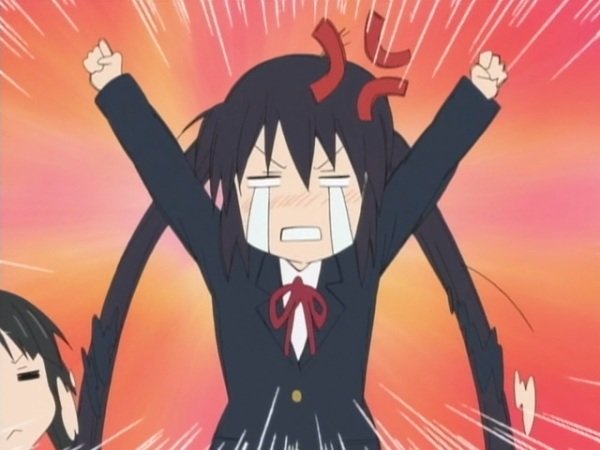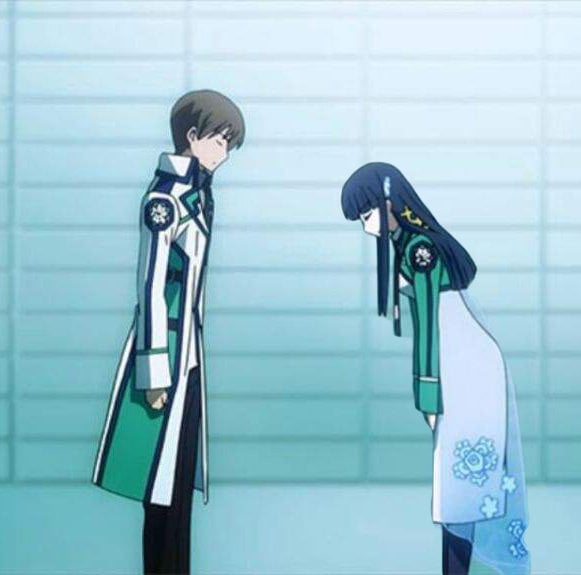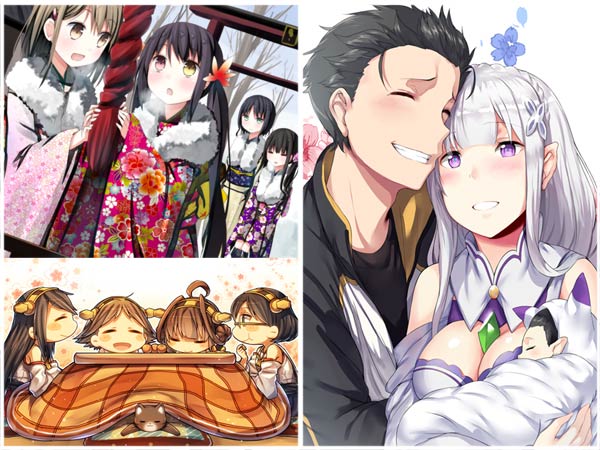I wrote last time about how living in Japan puts you in tune with the system of senpai and kohai, or seniors and juniors in a school or organization, and how even foreigners living here unconsciously organize themselves according to how long they’ve lived in the country. This vertical social system may seem odd to Westerners, but it generally works well in this country that has to cram half the population of the U.S. into a land mass the size of Montana. My daughter walks to school with a group of kids from our neighborhood organized into a unit called a han. When she was small, the oldest child became the leader, or hancho (which is where we get the word Head Honcho in case you wondered), who was responsible for making sure the younger kids kept up with group and that no one was being bullied. Next year, my daughter will be in the sixth grade, and it’ll be her turn to help protect the younger kids in the group each morning. Although this top-down system works well through university, it gets stressed when it encounters the real world. While the senpai/kohai system used to work in parallel with the ages of individuals, so that a person at a certain age was always of higher rank than employees younger than him, today it’s quite likely for a 35 year old to change jobs and find himself working with a 25 year old, who is the senpai and must be shown respect, even though he’s younger.
Random Questions about Japanese Society Answered
One site I visit from time to time is Quora, a place to ask questions and get answers on various...















